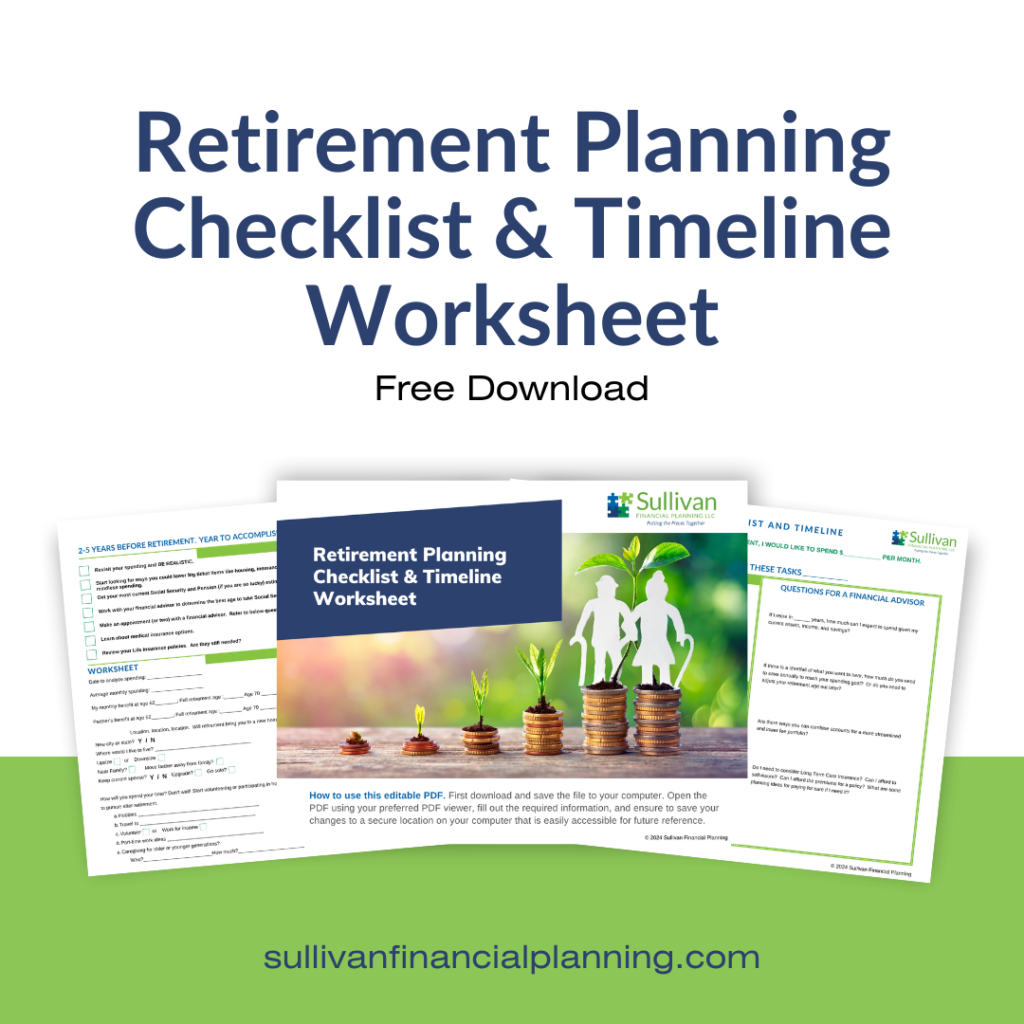Do you remember how when you started back to school, teachers would spend the first week or so reviewing things you learned last year? Probably to prime the pump for your brain to bring in the new information.
In that spirit, September blogs are going to review some back-to-basic financial concepts. Some things you will remember and others you may have forgotten and still others you may have never heard of. Either way, I hope this series will give you some easy to implement ideas for better financial health.
First, we’ll start with the dreaded B-word: Budgeting. There are some people who love tracking their spending in detail, but most folks I know hate that process. But even those who aren’t slaves to Quicken or Mint would like to feel they are spending and saving wisely.
Here are two popular methods.
- 50/30/20 Method. This is like the Plate Method for eating (50% veggies/25% lean protean/25% carbs). Take your gross income and plan to pay 50% for needs (housing, medical, food, taxes, utilities, insurance, transportation), 30% for wants (travel, eating out, hobbies), and 20% for savings (emergency fund, retirement, college, future goals).
- Zero Based Budgeting. Here start with your take-home pay. Then, categorize your spending AND savings to where you end up with $0 at the end of each pay cycle. Very important point: You are not SPENDING to $0, but saving is a key category.
When I start something challenging, my first questions is, “Is there an app for this?” And yes, there is! Two of the most popular budgeting apps are www.mint.com and www.ynab.com. Quicken is an old favorite as well as just downloading your credit card statements and bank statements into spreadsheets and categorizing the expenditures.
Knowing what you spend and where the money is going is one of the more empowering actions you can take with your money. Stay tuned for more back-to-basic tips next week.



